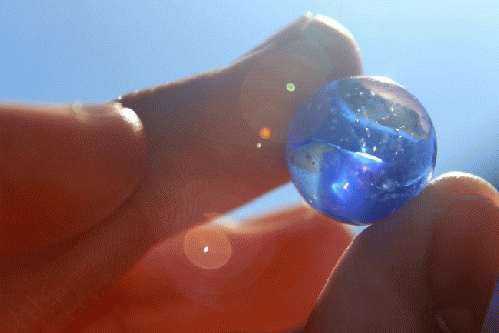Commercially available melamine sponges play a big role. "The reason we're excited about this is that it is manufactured using a very inexpensive one-step process to coat the melamine sponges, and the material can be reused many times," said Suresh V. Garimella, Purdue's executive vice president for research and partnerships and the Goodson Distinguished Professor of Mechanical Engineering. "We believe this can be readily adopted for the cleanup of oil spills and industrial chemical leaks."
A Breakthrough Technology
One particularly fascinating and effective aspect of the created material is that it's both superhydrophobic and superoleophilic, meaning it can absorb oils while also rejecting water. Melamine sponges should be familiar to many, as they are a low-weight porous material easily found in cleaning pads and insulation materials around the house.
What the researchers did was modify the melamine sponge by dipping it into PDMS, a solution containing a tiny amount of silicone rubber, in addition to solvent hexane. The result is a thin coating that's both superhydrophobic and superoleophilic, enabling for a potential plethora of uses that will aid the environment tremendously. It's also a timely creation in the wake of disastrous recent oil spills.
It's not just oil spills and drilling that cause pollutants to get into water. Many other appliances and tools collect water, which can sometimes contain additional debris. Take, for example, air compressors. Air compressors are used by many different industries, and a compressor that delivers 20 liters of air per second also collects 24 liters of water a day, most of which needs to be removed.
A more effective application for removing pollutants and oil from the water can prevent contaminating and expensive air compressor methods, as well as prolonged periods of oil sitting in the water.
Environmental Effects
Oil spills will certainly be a major point for the technology to work with, though many are also excited about its versatility when applied to other pollutants. Specifically, the material can remove organic chemical pollutants such as coolants, insulating fluid from transformers, carcinogenic compounds, hydrocarbons and pesticides. "The target is any pollutant that is immiscible with water and that has a low surface tension," said research assistant professor of mechanical engineering Justin A. Weibel.
While other similar tools with superoleophilic and superhydrophobic properties exist and are being developed, they often encounter issues with scalability and manufacturing cost. Pressing environmental concerns would be better remedied with a technology like the one that has emerged out of Purdue, especially in regard to time-sensitive issues like oil spills.
"Oil spillage from industrial sources has caused severe damage to the environment," said Xuemei Chen, the postdoctoral research associate who authored the paper -- published online in March in the American Chemical Society's journal Industrial & Engineering Chemistry Research -- that detailed the findings. "The conventional methods used to clean up oils and organic pollutants are slow and energy-intensive. The development of absorbent materials with high selectivity for oils is of great ecological importance for removing pollutants from contaminated water sources."
Chen summarizes well how this new oil and pollutant-removing technology can have a very positive impact on the environment, considering its low manufacturing cost and scalability options. Early findings show the material can absorb the capacity of 45-75 times its own weight , with the literal ability to drag it over a water's surface and absorb the contaminants. You could also apply suction to draw out oil while leaving water behind. Either way, it should be exciting to watch the material in action.|
Rate It | View Ratings |
Kayla Matthews is an IT journalist and blogger. You can also find her work on The Huffington Post and MakeUseOf.

OpEdNews depends upon can't survive without your help.
If you value this article and the work of OpEdNews, please either Donate or Purchase a premium membership.
If you've enjoyed this, sign up for our daily or weekly newsletter to get lots of great progressive content.
Most Popular Articles by this Author: (View All Most Popular Articles by this Author)
Li-Fi vs Wi-Fi: What You Need to Know
Why We Need Compressed Air Energy Storage Systems
Why High-Speed Railways Are Becoming More Popular
What You Need to Know About CHIP, the $9 Computer
New Silicone 3D Printing Technology Announced
Google Cars Now Mapping Air Pollution
To View Comments or Join the Conversation:




